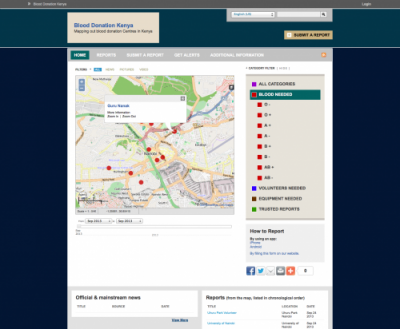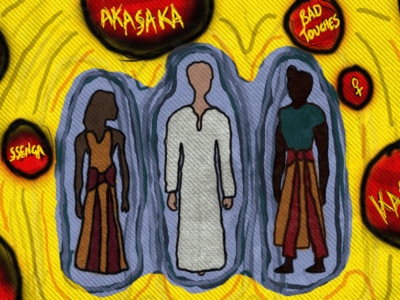Also read: How the Nairobi Mall Attack Unfolded on Social Media and Global Voices Author Remembers Friends Slain in Nairobi Mall Attack.
On September 21, 2013, a group of suspected al-Shabab militants stormed Westgate mall in Nairobi, the capital city of Kenya, killing at least 61 people, six security personnel and injuring hundreds of innocent men, women and children.
Following the horrible attack, Ushahidi has come up with two tools for emergencies. Ushahidi is a non-profit technology company that specializes in developing free and open source software for information collection, visualization and interactive mapping.
“Ushahidi”, which means “testimony” in Swahili, was a website that was initially developed to map reports of violence in Kenya after the post-election fallout at the beginning of 2008.
The Ping app is a binary, multichannel check-in tool for groups. The tool will help families, friends and companies to quickly check in with each other:
There was a consistent problem in every disaster that happens, not just in Kenya, but everywhere. Small groups, families and companies need to quickly check in with each other. They need to “ping” one another to make sure they’re okay. It has to be something incredibly simple, that requires little thinking to use. People have been doing some stuff in this space in the past, the best like “I’m Ok” are focused on smartphone users, but we have a need to make it work for even the simplest phones. Our goal is to have this available for anyone globally to use.

The Ping App – a group check-in tool for emergencies. Photo source: Ushahidi blog.
This is how the Ping works:
You create a list of your people (family, organization), and each person also adds another contact who is close to them (spouse, roommate, boy/girlfriend, etc).
When a disaster happens, you send out a message for everyone to check-in. The admin sends out a 120 character message that always has “are you ok?” appended to the end.
This goes out via text message and email (more channels can be added later).
The message goes out three times, once every 5 minutes. If there is a response, then that person is considered okay. If no response, then 3 messages get sent to their other contact.
We file each response into one of 3 areas: responded (verified), not responded, not okay.
Every message that comes back from someone in that group is saved into a big bucket of text, that the admin can add notes to if needed.
Another tool is Blood Donation Kenya, which is a crowdmap of all locations of blood drive centers. The map matches blood location centers with people willing to help with donation, medical instruments or medical personnel.

A screenshot of a crowdmap showing blood donation sites in Kenya. Image source: Ushahidi blog.
Erik Hersmann explains the logic behind the map:
One of the most amazing guys in Kenya in any emergency is Philip Ogola of the Kenya Red Cross. He’s first on scene with great updates, but there’s only so much that one person can do. Now, the Kenya Red Cross itself has been doing incredible work, but they have a problem with a lot of their stuff still being paper and pen (and there’s another group working on a locally hosted database system to digitize this without putting real people’s names online, run by Nivi of eLimu). Another problem that they have is that the hospitals are running short on some types of blood, and are overwhelmed with others, as the Kenyan population comes out in full force to donate blood.
How can this be managed better, so that people aren’t turned away from some places and so that they know where to go for their type?
We set up a crowdmap deployment to map our all locations of blood drive centers, in an effort to match these areas with those willing to help at BloodDonationKenya.Crowdmap.com, either through blood donation, medical instruments or medical personnel.
Also read: How the Nairobi Mall Attack Unfolded on Social Media and Global Voices Author Remembers Friends Slain in Nairobi Mall Attack.







3 comments